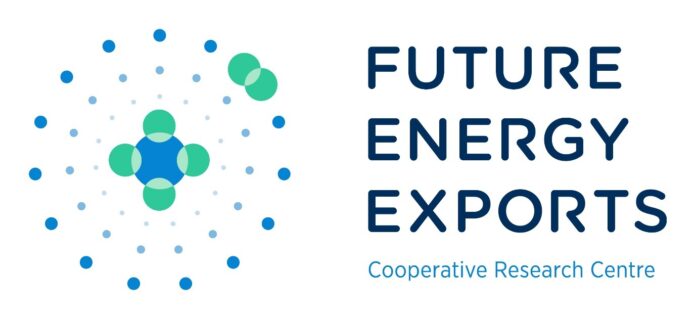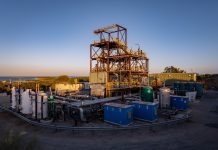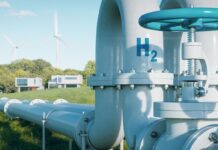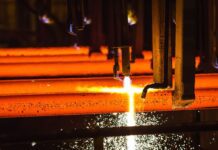
A new study has confirmed the ability of liquefied natural gas (LNG) and its infrastructure to act as a catalyst for the growing global hydrogen economy.
Researchers from the Future Energy Exports Cooperative Research Centre (FEnEx CRC) recently published their findings in the esteemed International Journal of Hydrogen Energy.
Speaking today at the Australian Hydrogen Research Conference in Canberra, FEnEx CRC CEO Professor Eric May stated that the study showed that a feasible and cost-effective hydrogen export business from Australia to Japan could be established quickly by leveraging the expertise and infrastructure of the established LNG sector.
Professor May added that while LNG is a crucial source of energy throughout Asia and the world, it is far less recognised for its potential to speed the development of commercial-scale hydrogen.
“Right now, the world is working to reach Net Zero by 2050, and there is no doubt that hydrogen can play a critical role as we look for low-carbon sources of energy,” Professor May said.
According to Professor May, the cost-effective production and delivery of ‘green’ hydrogen derived from renewable sources is the ultimate objective, but there are several significant technical and cost barriers that must be overcome before this is viable.
“Our researchers show that using LNG and existing technologies can quickly establish a supply chain to deliver what is often termed ‘blue’ hydrogen to Japan from Australia within the cost target set by the Government of Japan (GOJ) and at a CO2 emission intensity well below proposed targets,” he said.
Professor May stated that the article investigated how hydrogen may be created from transported LNG to Japan at the cost of 2.3 USD/kg, meeting the 2030 GOJ target of 3 USD/kg. The research also said that LNG-produced hydrogen might achieve hydrogen emission intensity targets by utilising existing carbon capture and storage (CCS) technology.
“What we can see is that a complete hydrogen supply chain entailing LNG exports to Japan, its conversion into hydrogen and then liquefying and repatriating by-product CO2 to Australia for sequestration or utilisation is financially and technically achievable,” Professor May added.
Professor May said a significant benefit of building an LNG-based hydrogen export supply chain meant that the world could start to tear down the hurdles for hydrogen adoption and also allow researchers and companies to “learn from doing”.
According to Professor May, waiting for the technology and infrastructure required to create and consume exclusively green hydrogen slows Australia’s progress towards net zero.
“What we need is more hydrogen in the marketplace – blue or green – so that it, as a cleaner form of energy, can be more increasingly adopted and allow governments and the public around the world to gain confidence in it as a sustainable energy source for the future,” he stated.
Professor May expressed optimism that the report would spark debate among governments and businesses about using LNG as a feasible hydrogen export option until other hydrogen supply chain options (such as liquid hydrogen or ammonia) became affordable. He also believed that the report would hasten discussions about how CCS should be viewed as a critical tool in the energy transition.
Professor May added that the groundbreaking study resulted from extensive research collaboration by scientists and engineers from the University of Western Australia and Curtin University, including Saif Al Ghafri, Caitlin Revell, Mauricio Di Lorenzo, Gongkui Xiao, Craig E. Buckley, and Michael Johns.
The Hydrogen Exports and Value Chains Research Program of the FEnEx CRC is headed by Professor Buckley of Curtin University, while the Director of Research for the FEnEx CRC is Professor Michael Johns of the University of Western Australia.



















